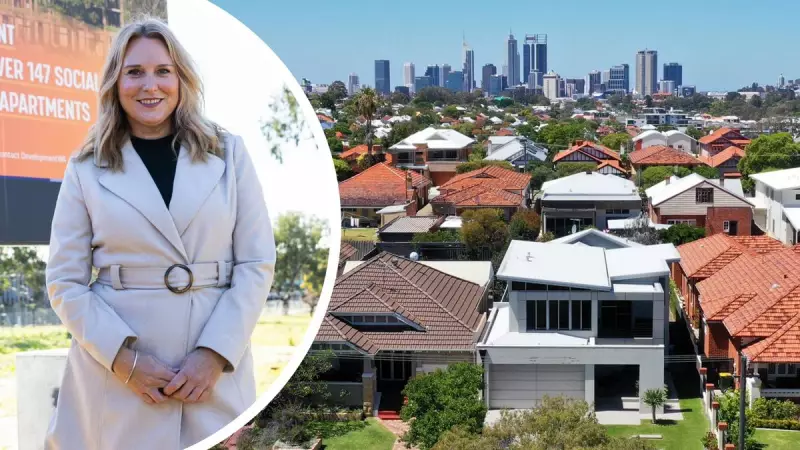
Perth has been officially declared Australia's capital of rent stress as new figures reveal the city's rental crisis has reached unprecedented levels. The alarming statistics have sparked urgent calls for radical solutions, including retrofitting empty office buildings and commercial properties to address the critical housing shortage.
The Alarming Numbers Behind Perth's Rental Crisis
Recent data from the Real Estate Institute of Western Australia paints a dire picture of Perth's rental market. The city's vacancy rate has plummeted to a staggering 0.7 percent, the lowest in the nation and well below the healthy benchmark of 2.5 to 3.5 percent. This represents a dramatic decline from the 6 percent vacancy rate recorded during the COVID-19 pandemic, highlighting how quickly market conditions have deteriorated.
The median weekly rent in Perth has surged to $650 per week, placing enormous financial pressure on tenants across the metropolitan area. REIWA CEO Cath Hart describes the situation as creating "rent stress" for many households, with families struggling to keep up with escalating housing costs while managing other essential living expenses.
Empty Buildings: An Unexpected Solution
In response to the crisis, industry leaders and policymakers are exploring innovative approaches to increase housing supply quickly. One promising solution involves converting underutilized commercial buildings into residential properties. The Property Council of WA has identified numerous office buildings sitting empty or underoccupied that could potentially be transformed into much-needed housing.
Sandra Brewer, the Property Council's WA executive director, emphasizes that retrofitting existing structures represents a faster and more cost-effective solution than new construction projects. "We've got a number of buildings that are sitting empty, or close to empty, that could be repurposed," Brewer states, highlighting the dual benefit of revitalizing underused commercial spaces while addressing the housing emergency.
The concept has gained traction as technological advances and changing work patterns have reduced demand for traditional office space. Many buildings constructed before 1990, particularly those with smaller floor plates, are considered ideal candidates for conversion to residential use.
Broader Implications and Future Outlook
The rental crisis extends beyond mere statistics, creating real social and economic challenges for Western Australia. As Perth's population continues to grow, driven by strong interstate migration and international arrivals, the pressure on the housing market shows no signs of abating. The situation has become so severe that even properties in need of significant repairs are attracting multiple applicants and renting quickly.
Industry experts warn that without immediate intervention, the crisis could worsen, potentially affecting Western Australia's economic growth and quality of life. The push to convert empty buildings represents just one part of a broader strategy needed to address housing affordability and availability.
Both government and industry stakeholders agree that a multi-faceted approach is essential. This includes streamlining approval processes for conversions, providing appropriate incentives for property owners, and ensuring that retrofitted buildings meet modern residential standards while maintaining the character of Perth's urban landscape.
As Cath Hart of REIWA concludes, the situation demands urgent action and creative thinking. The transformation of vacant commercial spaces into residential properties offers a practical, timely solution that could provide immediate relief to Perth's strained rental market while contributing to the revitalization of the city center and surrounding suburbs.





